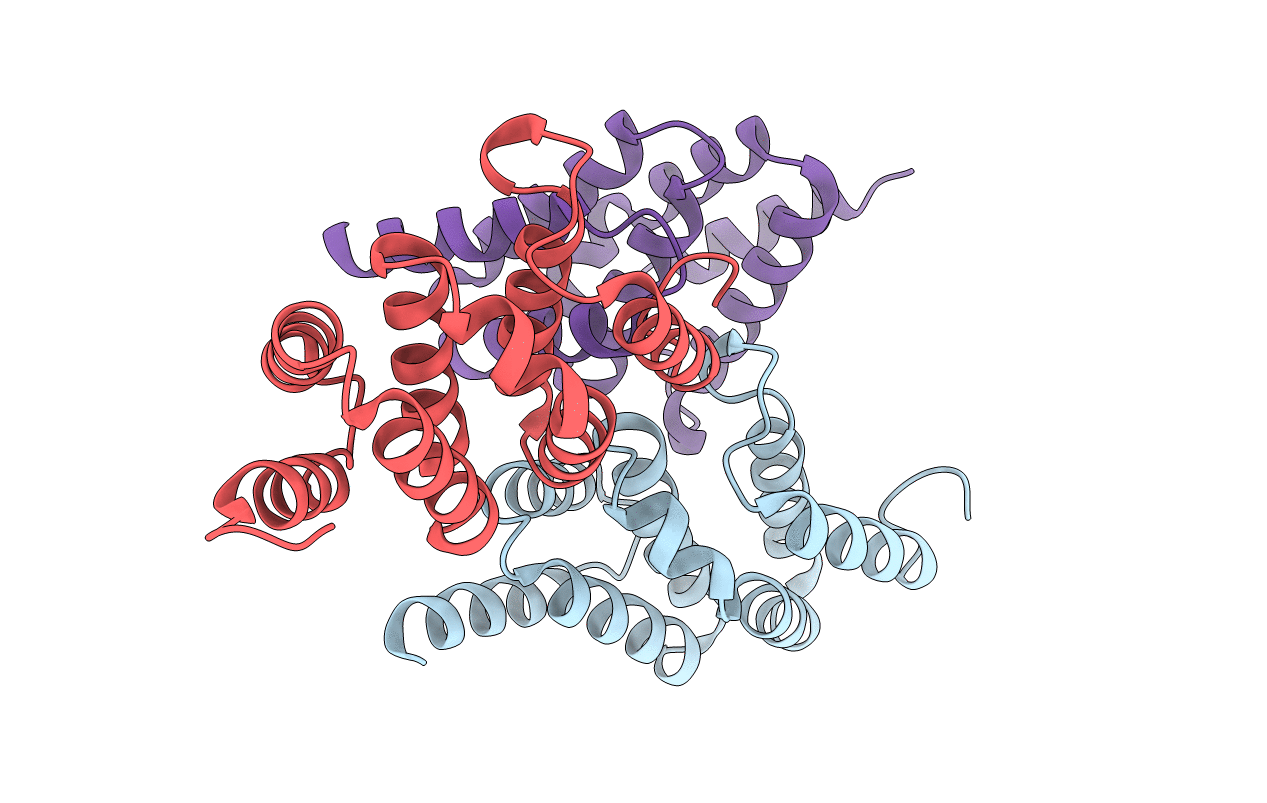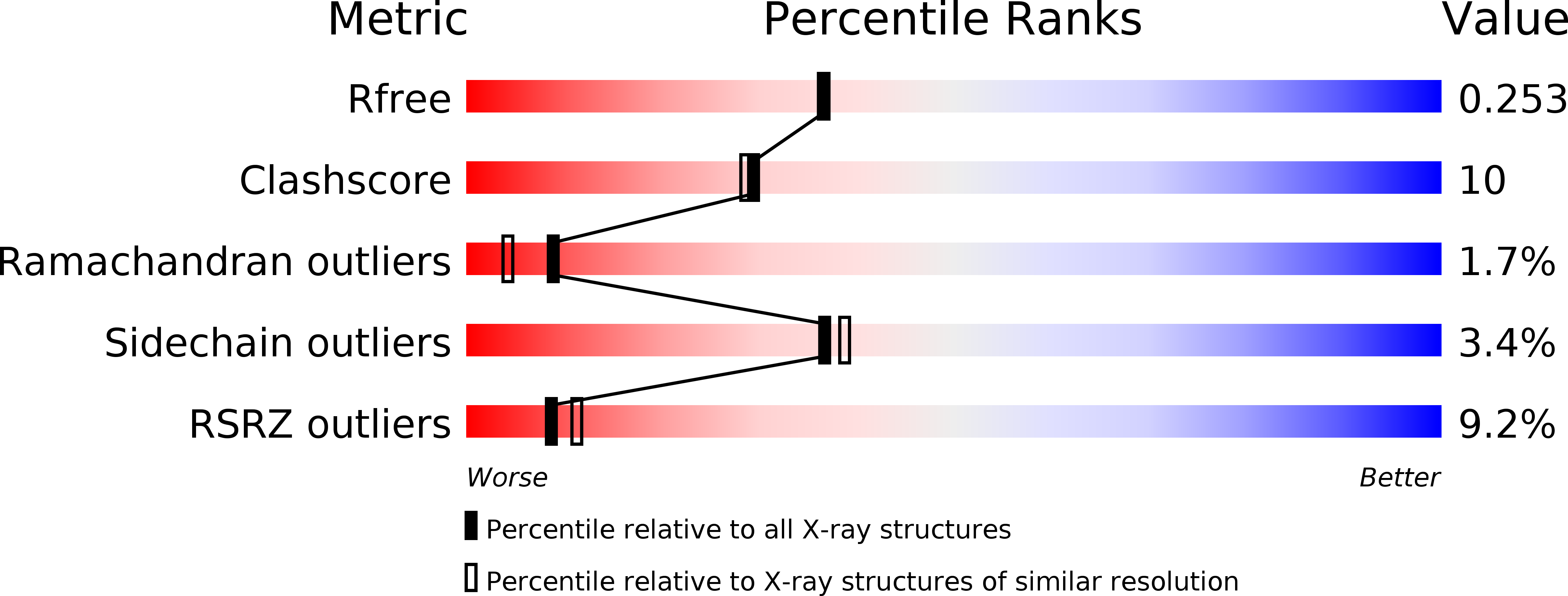
Deposition Date
2004-04-05
Release Date
2004-07-13
Last Version Date
2024-04-03
Entry Detail
PDB ID:
1SZ9
Keywords:
Title:
The RNA polymerase II CTD in mRNA processing: beta-turn recognition and beta-spiral model
Biological Source:
Source Organism:
Saccharomyces cerevisiae (Taxon ID: 4932)
Host Organism:
Method Details:
Experimental Method:
Resolution:
2.10 Å
R-Value Free:
0.25
R-Value Work:
0.22
R-Value Observed:
0.22
Space Group:
P 21 21 21


